Disclosure: This article contains affiliate links. We may earn a commission from purchases at no extra cost to you, which helps our travel content.
Standing before the entrance of the Royal Tombs of Sipán Museum, I felt that familiar tingle of anticipation—the same sensation I've experienced at sacred sites from Kerala's ancient Ayurvedic temples to Japan's mountain shrines. Here in northern Peru, far from the well-trodden paths of Machu Picchu, lies what many archaeologists consider the most important archaeological discovery in the Americas since King Tut's tomb. As someone who has spent the past decade documenting healing traditions and sacred sites across the globe, I've come to believe that these ancient Moche civilization remains hold wisdom that transcends their 1,700-year entombment. What healing knowledge, what spiritual technologies, what connections between the physical and metaphysical worlds might be revealed in these remarkable tombs? Join me as we explore Chiclayo's archaeological wonders and uncover the energetic imprint of a civilization whose sophisticated understanding of the cosmos might offer solutions to our modern disconnection.
The Revelation of Sipán: Peru's Archaeological Miracle
The discovery of the Sipán tombs in 1987 fundamentally altered our understanding of pre-Incan Peruvian civilizations. While tourists flock to Cusco and the Sacred Valley, I've always been drawn to these less-trafficked archaeological wonders that speak just as profoundly to humanity's spiritual heritage.
What makes Sipán extraordinary isn't just the gold artifacts (though they are spectacular)—it's the intact ritual burial that revealed the Moche civilization's sophisticated cosmology. The Lord of Sipán was entombed with eight other individuals including a warrior, a standard-bearer, two women, a child, a dog, and two llamas—each positioned with profound symbolic meaning that speaks to their understanding of the afterlife journey.
During my three days exploring the site, I was fortunate to speak with Dr. Carlos Rodriguez, an archaeologist who has worked at Sipán for over fifteen years. 'What most visitors miss,' he told me as we walked the museum halls, 'is that these weren't just burials—they were cosmic maps. The positioning of each artifact, each companion, represented the Moche understanding of spiritual transition.'
This resonated deeply with my experiences studying Ayurvedic death rituals in Kerala, where similar attention to transitional states reflects an understanding that consciousness continues its journey beyond physical death. The Moche, like many ancient cultures I've encountered, didn't separate the spiritual from the everyday—their entire cosmology was integrated into daily life.

💡 Pro Tips
- Visit the Royal Tombs of Sipán Museum early in the morning to avoid crowds and experience the exhibits in contemplative quiet
- Hire a knowledgeable guide who speaks your language—the symbolism and context are easily missed without expert interpretation
- Bring a small notebook to record insights—photography is restricted in many areas of the museum
The Lord of Sipán: Spiritual Leader and Healer
What fascinated me most about the Lord of Sipán wasn't his obvious political power, but the evidence suggesting his role as a spiritual intermediary and healer. The elaborate regalia—the crescent-shaped headdress, the owl and wave motifs, the ceremonial rattles—all point to shamanic practices that likely included healing rituals.
The museum displays are thoughtfully arranged to help visitors understand the ceremonial significance of each artifact. Standing before the glass case containing the Lord's remarkable gold and turquoise ear ornaments, I was struck by their similarity to the sacred geometry I've encountered in healing traditions across Asia.
'The Moche understood energy centers in the body,' explained Lucia, my local guide whose grandmother was a curandera (traditional healer). 'These weren't just decorations—they were tools for channeling cosmic energy.'
Before visiting, I had prepared by reading extensively about Moche civilization. I found the archaeological guidebook particularly valuable for understanding the context of the discoveries. Its detailed explanations of Moche iconography helped me recognize healing symbols that might otherwise have escaped my notice.
As someone who has documented healing traditions worldwide, I recognize in these artifacts the universal human understanding that wellness encompasses body, mind, and spirit. The Lord of Sipán wasn't just a political ruler—he was a keeper of sacred knowledge, a bridge between worlds, much like the Ayurvedic masters I've studied with in India.
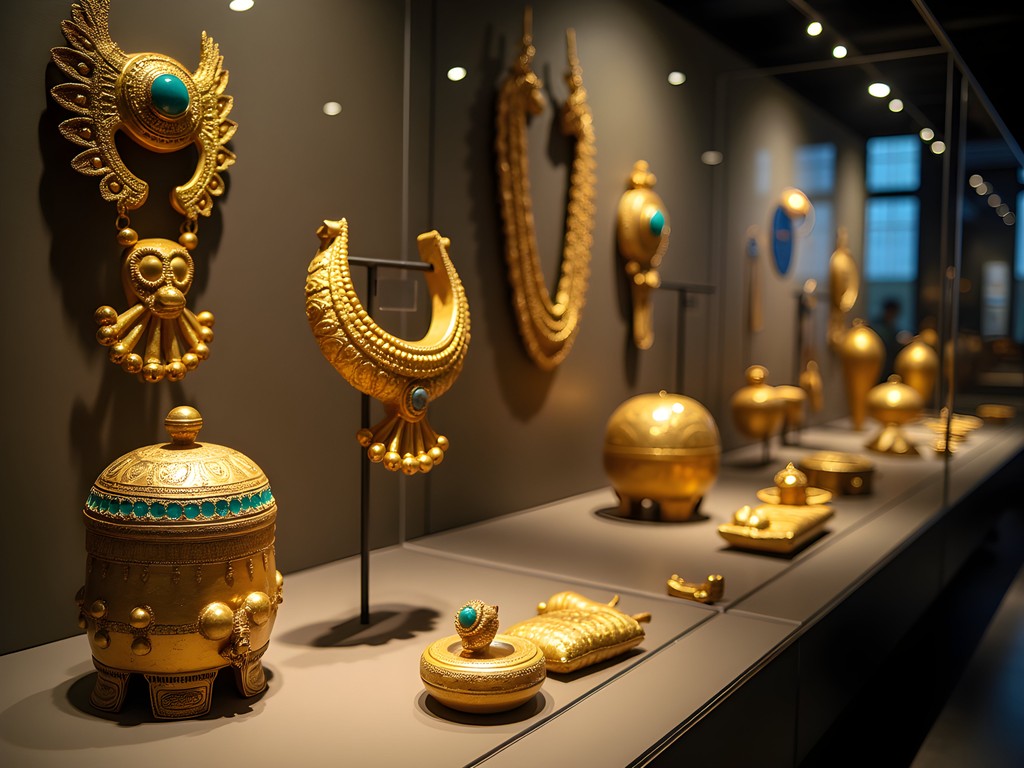
💡 Pro Tips
- Pay special attention to the symbols on the ceremonial rattles and cups, which likely had healing significance
- Look for the recurring spiral motifs that appear on many artifacts—these represent the cyclical nature of energy in many ancient healing traditions
- Consider bringing a small moleskin journal to sketch symbols that resonate with you
Huaca Rajada: Walking the Sacred Ground
Twenty miles from Chiclayo lies Huaca Rajada, the actual archaeological site where the tombs were discovered. While the artifacts now rest in the museum, there's an undeniable power to standing on the ground where these sacred burials remained hidden for nearly two millennia.
I arrived at the site just as the morning mist was lifting from the adobe pyramid structures. Unlike the polished museum experience, Huaca Rajada offers a raw connection to the landscape that shaped Moche spirituality. The site is still actively excavated, with archaeologists carefully revealing new chambers and artifacts.
I've learned through my travels to sacred sites that there's no substitute for physically experiencing these places. The energy—what the Peruvians call huaca or sacred power—resonates differently when you're standing where ancient ceremonies once took place.
Before visiting archaeological sites like this, I always bring my hiking boots which provide essential support on the uneven terrain and protection from the occasional scorpion. The site involves considerable walking on sandy, unstable surfaces, and proper footwear makes the difference between an immersive experience and a painful ordeal.
I spent three hours walking the site, occasionally sitting in meditation at spots that felt particularly charged with energy. In one such moment, watching workers carefully brush sand from a newly discovered wall painting, I was struck by how these ancient people understood the connection between art, healing, and spiritual practice—something I've observed repeatedly in traditional cultures from Thailand to Peru.
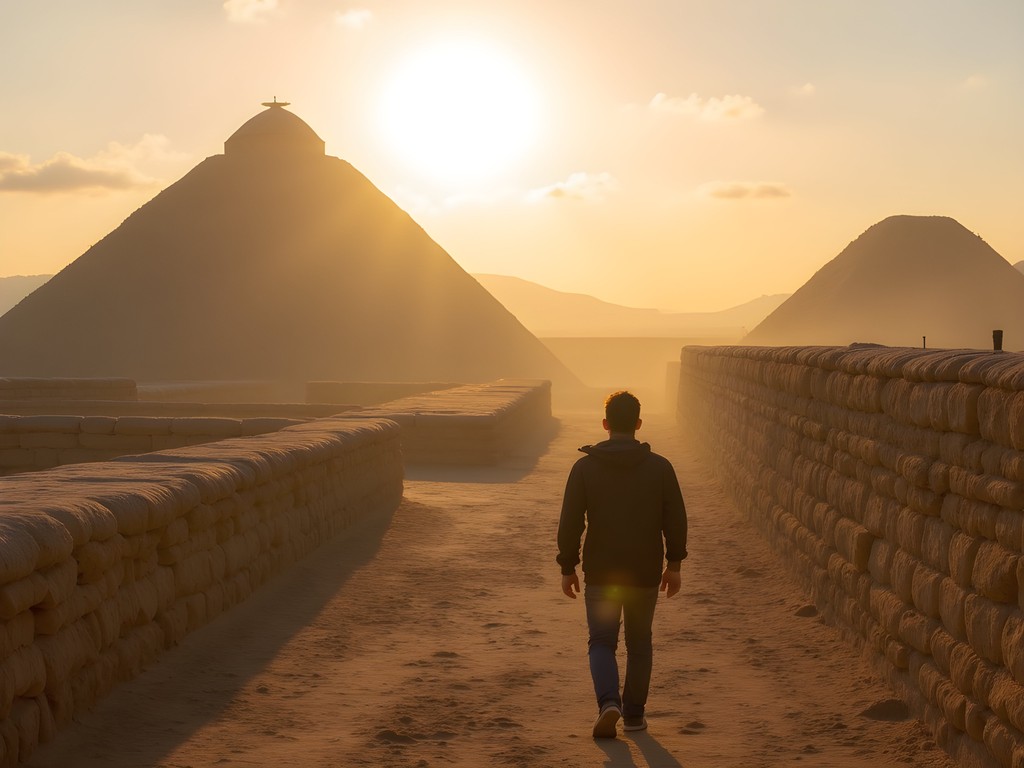
💡 Pro Tips
- Visit Huaca Rajada in the early morning when temperatures are cooler and the light is ideal for photography
- Bring at least 1.5 liters of water per person—the site is exposed with little shade
- Consider hiring a driver for the day rather than taking public transportation, as it allows you to spend as much time as you need at the site
The Museum of Sicán: Expanding the Moche Story
To fully appreciate the spiritual context of the Sipán discoveries, I recommend expanding your journey to include the Museum of Sicán in nearby Ferreñafe. This museum houses artifacts from the later Sicán (or Lambayeque) culture that evolved from Moche traditions, providing a fascinating glimpse into how healing practices and spiritual beliefs evolved over centuries.
What struck me most powerfully here was the continuity of healing knowledge—the same understanding of plants, energetics, and spiritual forces that I've encountered in my studies of Ayurveda and other traditional medicine systems. The ceramic vessels depicting healing ceremonies, the ritual knives used in energetic cleansing practices, the textile patterns encoding medicinal plant knowledge—all speak to a sophisticated understanding of holistic wellness.
During my visit, I participated in a workshop on traditional Peruvian healing plants led by a local curandero. He demonstrated how many of these same plants documented in Moche and Sicán art are still used today for their medicinal properties. This living connection between ancient wisdom and contemporary practice is exactly what has drawn me to document traditional healing systems worldwide.
For serious students of traditional healing practices, I recommend bringing a field recorder to capture the wealth of information shared by local experts. With permission, I've recorded numerous healing chants and plant descriptions that have enriched my understanding of cross-cultural healing practices.
The museum itself is less crowded than the Sipán museum, allowing for unhurried contemplation of the artifacts. I spent an entire afternoon studying the ceremonial masks with their powerful symbolism of transformation—a concept central to healing traditions worldwide.
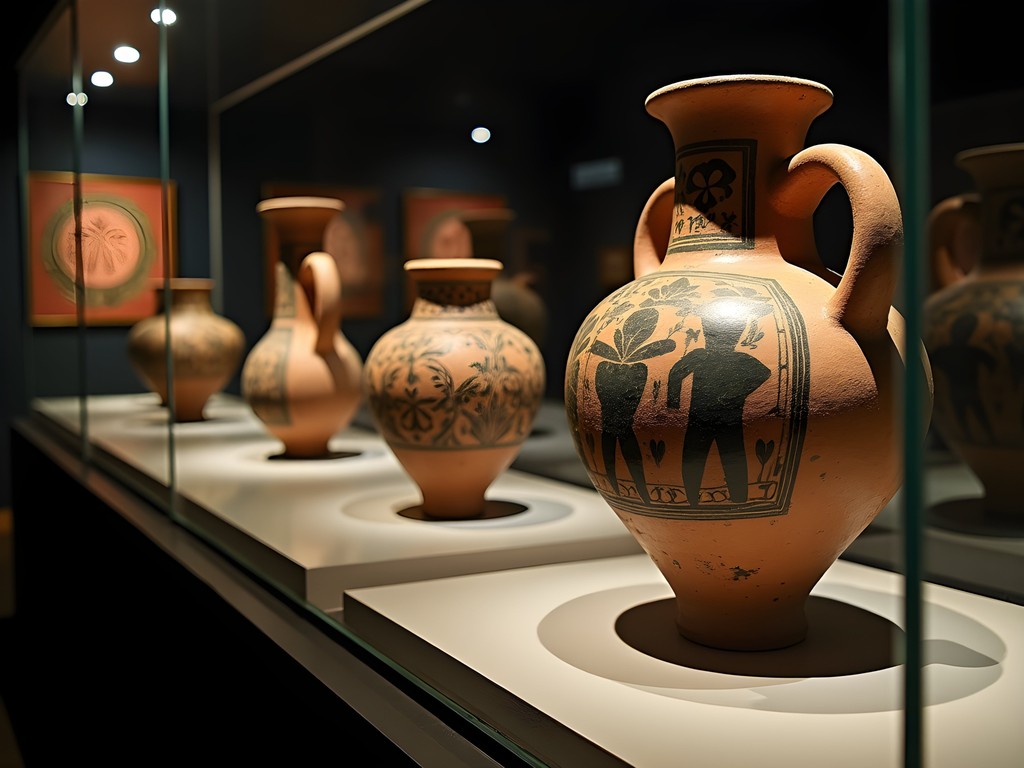
💡 Pro Tips
- Allocate at least 3 hours for the Sicán Museum to fully appreciate the collection
- Check in advance for workshop schedules—many are offered only on certain days
- The museum has an excellent bookshop with unique publications on traditional medicine not found elsewhere
Tucumé: The Valley of Pyramids
My spiritual exploration of the region culminated at Tucumé, an extraordinary complex of 26 adobe pyramids spread across a valley of carob trees. Dating from around 1100 CE, these structures represent the later flowering of the cultural traditions that began with the Moche civilization.
What makes Tucumé special is its setting—unlike the museum displays, here you can climb the surrounding hillside for a panoramic view of the entire sacred landscape. From this vantage point, the intentional placement of the pyramids in relation to mountain peaks, water sources, and celestial alignments becomes apparent.
As someone who has studied sacred geography from Varanasi to Kyoto, I immediately recognized the sophisticated understanding of earth energies embodied in Tucumé's layout. The site demonstrates how these ancient Peruvians, like so many traditional cultures, recognized that healing and spiritual practice are intimately connected to place.
On my second day at Tucumé, I joined a sunrise meditation led by a local spiritual practitioner. As the first light illuminated the pyramids, casting long shadows across the valley floor, I felt a profound connection to the generations who had performed healing ceremonies in this same space—a reminder that wisdom doesn't always progress linearly through time but sometimes waits patiently to be rediscovered.
For those interested in experiencing the site fully, I recommend staying at the nearby eco lodge, which allows early morning and evening access to the site when the energies feel most potent and the crowds are absent. Built using traditional techniques and materials, the lodge itself serves as an extension of the cultural immersion.
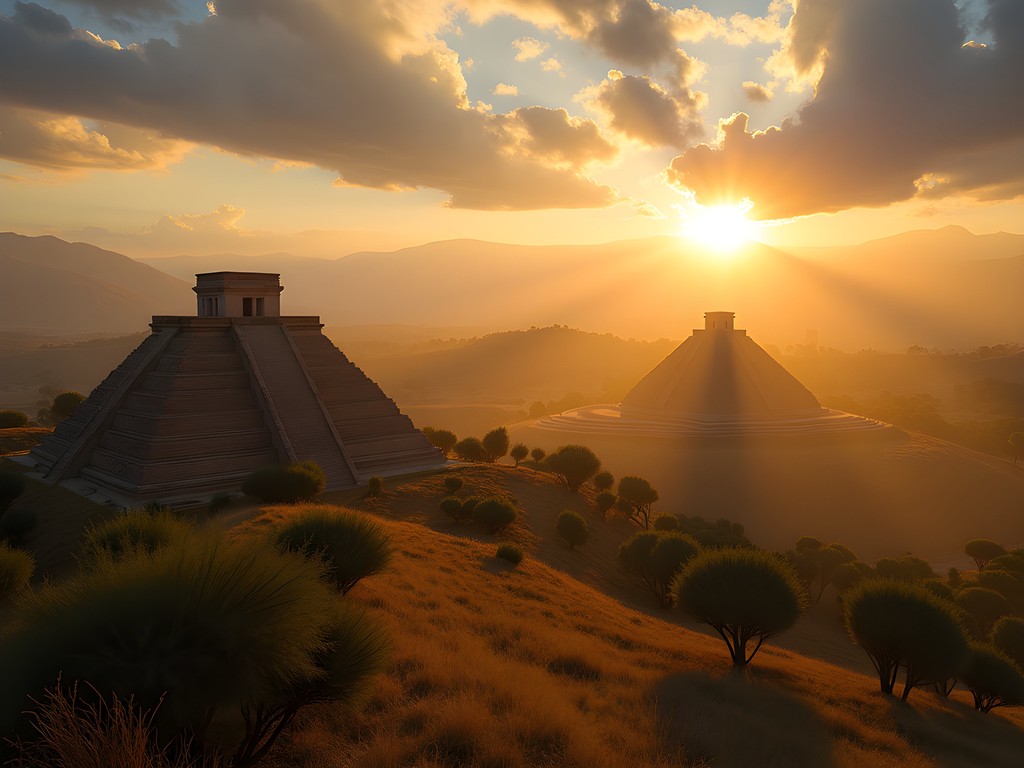
💡 Pro Tips
- Climb Cerro Purgatorio for the best overview of the entire pyramid complex
- Visit the on-site museum first to understand the symbolism before exploring the pyramids
- Bring binoculars to appreciate the distant mountain alignments that influenced the site's layout
Final Thoughts
As I reluctantly boarded my flight from Chiclayo back to Lima, I carried with me more than photographs and notes—I carried a deepened understanding of how ancient wisdom continues to offer solutions to our modern disconnection. The Moche civilization's integration of healing practices, spiritual ceremony, and daily life provides a powerful template for wholeness that many of us seek today. What struck me most was not how different their world was from ours, but how universal their quest for meaning and wellness remains. Whether you're drawn to Chiclayo's archaeological wonders as a history buff, a spiritual seeker, or simply a curious traveler, the sacred sites of northern Peru offer a profound opportunity to reconnect with ancient wisdom that speaks directly to our contemporary challenges. I invite you to walk these sacred grounds with an open heart and receptive mind—you may find, as I did, that the Lord of Sipán and his people still have much to teach us about living in harmony with ourselves and our world.
✨ Key Takeaways
- Chiclayo's archaeological sites offer profound insights into ancient healing traditions that parallel practices found across Asia and other traditional cultures
- Visit both museums and actual archaeological sites for a complete understanding—artifacts tell one story, but the energy of place tells another
- Northern Peru's archaeological wonders provide a less crowded alternative to Machu Picchu while offering equally significant cultural insights
📋 Practical Information
Best Time to Visit
year-round (May-September offers driest conditions)
Budget Estimate
$75-150 per day including accommodations, transportation, and site entries
Recommended Duration
3-4 days minimum to visit all sites without rushing
Difficulty Level
Beginner (Mostly Flat Terrain With Some Uneven Surfaces)

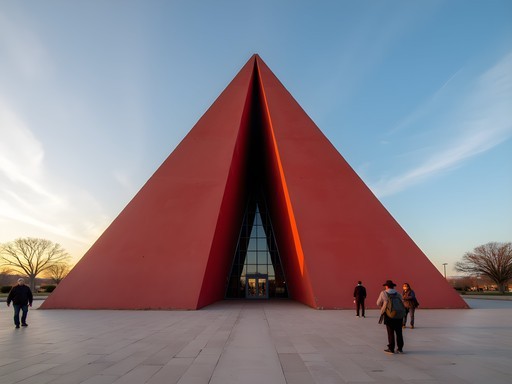
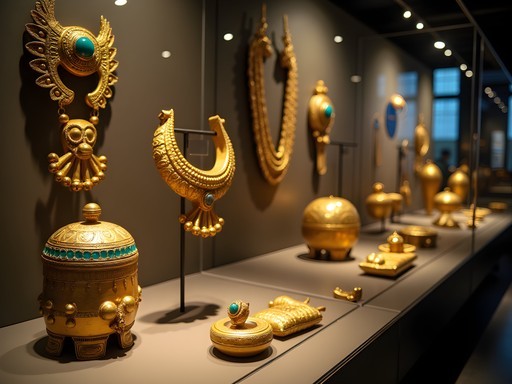
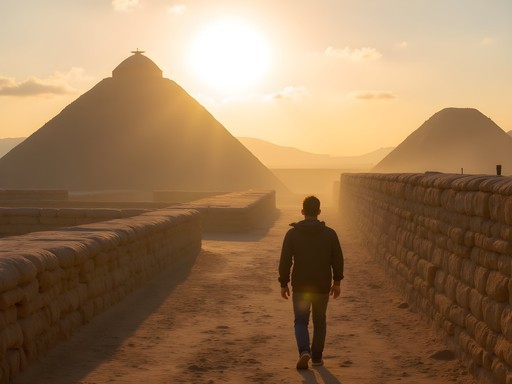

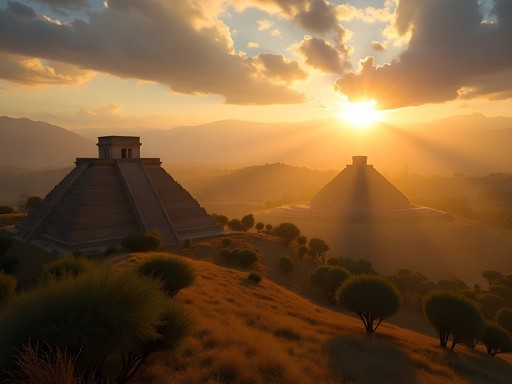


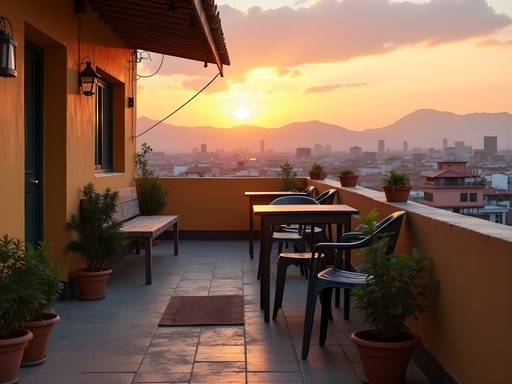







Comments
CultureSeeker
That shot of the ceremonial knife is stunning! The craftsmanship is unbelievable for something so ancient.
bluerider
Just followed your guide last week and it was spot on! The Lord of Sipán exhibition blew my mind - can't believe those artifacts are over 1700 years old and still so detailed. The face reconstructions were super interesting too. One tip to add: go early to the Royal Tombs Museum (like right when they open) to avoid the school groups. We had some exhibits completely to ourselves for the first hour!
Brandon Nelson
So glad you enjoyed it! Great tip about going early - I should have mentioned that. Those school groups can definitely change the experience.
AndesAdventurer
How many days would you recommend staying in Chiclayo? Is it worth basing there for exploring the region?
skymate
We stayed 3 nights and it was perfect. One day for Sipán, one for Túcume pyramids, and one for the city/markets. The city itself isn't super exciting but it's a good base.
HistoryBuff_Jane
Just got back from Peru and followed your guide to Sipán - it was the highlight of our trip! The way they've preserved and presented the tombs is remarkable. One thing I'd add for others planning to visit: the lighting in the museums is kept quite dim to protect the artifacts, so if you're into photography, bring a camera that handles low light well. Also, we stayed at a small hotel in Lambayeque instead of Chiclayo proper and it was perfect for museum access. Thanks for putting these lesser-known sites on my radar!
Hannah Woods
Great point about the lighting. I found the same challenge when photographing the gold artifacts. Which hotel did you stay at in Lambayeque? I might return next year.
HistoryBuff_Jane
We stayed at Mochica de Túcume - simple but clean and the staff were incredibly helpful with arranging transportation to all the sites.
backpack_wanderer
How was the food in Chiclayo? I've heard the seafood there is amazing!
Brandon Nelson
The seafood is incredible! Don't miss trying ceviche at the local markets. Chiclayo is actually known as the 'Capital of Friendship' but could easily be the seafood capital too!
TravelingTeacher
Those photos of the gold artifacts are incredible! Adding this to my bucket list immediately.
MarisolAdventures
We visited in January and it was practically empty! Definitely recommend going during weekdays if possible. The guides at the Royal Tombs Museum are super knowledgeable but make sure to request English in advance if needed.
wildlegend
Good tip about the English guides! Do they cost extra?
MarisolAdventures
When we went, it was included in the ticket price, but they have limited English-speaking guides so definitely ask when you arrive.
PeruExplorer2025
Your photos are incredible! Those gold artifacts look unreal!
Hannah Woods
Brilliant write-up on an often overlooked archaeological treasure! I visited Sipán last year and was equally mesmerized. The craftsmanship of those Moche artifacts is extraordinary - especially considering they pre-date the Incas by several centuries. What struck me most was how the museum contextualizes the finds through careful curation rather than just displaying objects. I'd add that visitors should also explore Túcume (the Valley of Pyramids) nearby - 26 adobe pyramids that complement the Sipán experience beautifully. I found using Peru Northern Kingdoms particularly helpful for understanding the historical connections between these sites. Did you make it to Túcume during your visit, Brandon?
Brandon Nelson
Thanks Hannah! Yes, I did visit Túcume - absolutely fascinating site. I'm planning a separate post about it soon. You're right about the museum curation - the way they've recreated the tomb layout really helps visitors understand the context of the discoveries.
TravelingTeacher
Looking forward to your Túcume post! I'm an archaeology teacher and would love to bring these sites into my classroom discussions.
Stephanie Romano
Brandon, your post brought back so many memories! We visited Sipán last year with our kids and it was the highlight of our Peru trip. The way you described the spiritual aspects of the Lord of Sipán really resonated. Our guide told us how the Moche people believed their leaders could communicate with other worlds - my children were fascinated by this. One tip for families: we brought our kids' archaeology kit which made them feel like real explorers before and after our visit. They kept comparing what they saw to their own little excavations! Did you make it to the smaller Brüning Museum? We almost skipped it but ended up finding it charming and less crowded. Perfect when the kids needed a quieter space.
skymate
The Brüning Museum is such a hidden gem! Way less tourists there.
PeruExplorer89
How did you get from Chiclayo to the sites? We're planning our trip now.
Stephanie Romano
@PeruExplorer89 We hired a driver for the day - about $60 USD and totally worth it with kids. There are cheaper colectivos too but with our schedule we wanted flexibility.
Venture X
Premium card with 2X miles, $300 travel credit, Priority Pass